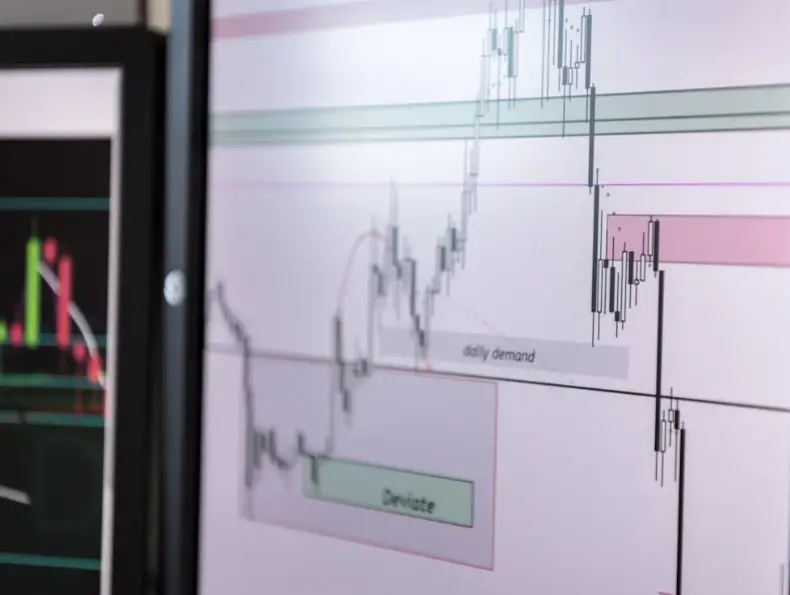Point and figure charting is a technical analysis method that is highly effective in identifying long-term trends and turns in the market. While it is not as commonly used as candlestick or line charts, point and figure charting can provide new and experienced traders with unique insights. For those looking to add this powerful technical analysis tool to their skill set, a variety of high-quality resources are available to learn how to read point and figure charts.
How to read buy and sell signals on candlestick charts?
To effectively read point and figure charts, you must understand some key fundamentals. Let's break down the basics –
- Columns and Rows: Point-and-figure charts comprise a grid with columns and rows. Prices move up and down vertically in columns to form X's (representing up moves) and O's (representing down moves).
- Reversal Size: This refers to the minimum price change required to reverse the column's direction. A common reversal size is three boxes.
- Box Size: It is the minimum price change (up or down) required to place an X or O in the next column. Box size can vary from stock to stock.
- Distribution: It shows the frequency of prices (represented by X's and O's) in each column to identify areas of support and resistance. Uneven distribution hints at potential reversals.
Paper Trading to Apply Knowledge
While online courses lay the foundations, traders need opportunities to practice applying their new point-and-figure skills to truly gain proficiency. Many brokers offer paper trading functions that allow traders to trade simulated positions without risking real money. This lets newcomers test their technical analysis and trading rules in a low-pressure environment.
As trends and reversals play out over weeks/months in point and figure, traders can benefit from maintaining a paper trading journal to keep track of their performance over the long run. Comparing results to buy/sell signals on point and figure charts of currency pairs, commodities, stocks, and more aids the learning process. Using virtual capital also encourages experimenting with different box sizes to find the optimal setting.
Reading Industry Publications and Blogs
Still thinking – Where can I learn to read point and figure charting system? Staying up to date with the latest point-and-figure strategies and techniques shared by experts through blogs and publications is another great ongoing educational resource. A few top outlets to check regularly include:
- Investor Chatter is a rising and popular financial platform that provides analytical tools, education resources, and trading signals to help investors excel in options trading.
- Investor's Business Daily frequently features articles on interpreting point and figure charts and applying the IBD method to various equities. Their breaking price and volume analysis deliver long-term options insights.
- See It Market blog publishes detailed case studies showing how Wall Street veterans read buy and sell signals on various assets' point and figure charts. Key reversal patterns are explained in depth.
- Point and Figure Charts newsletter shares actionable trade ideas generated by applying multi-year high/low and breakout methodologies. Readers gain an understanding of real-world applications beyond theory.
Conclusion
Point and figure charting is a fundamental technical tool that can give structure and clarity to identifying long-lasting trends if appropriately learned. Traders serious about mastering this system have various high-quality online and paper trading resources at their fingertips to advance their education. Regular practice and study of techniques applied by experts, like at Investor Chatter, build proficiency over months. With dedication to ongoing learning, point and figure charts can become tremendously valuable for navigating markets.





